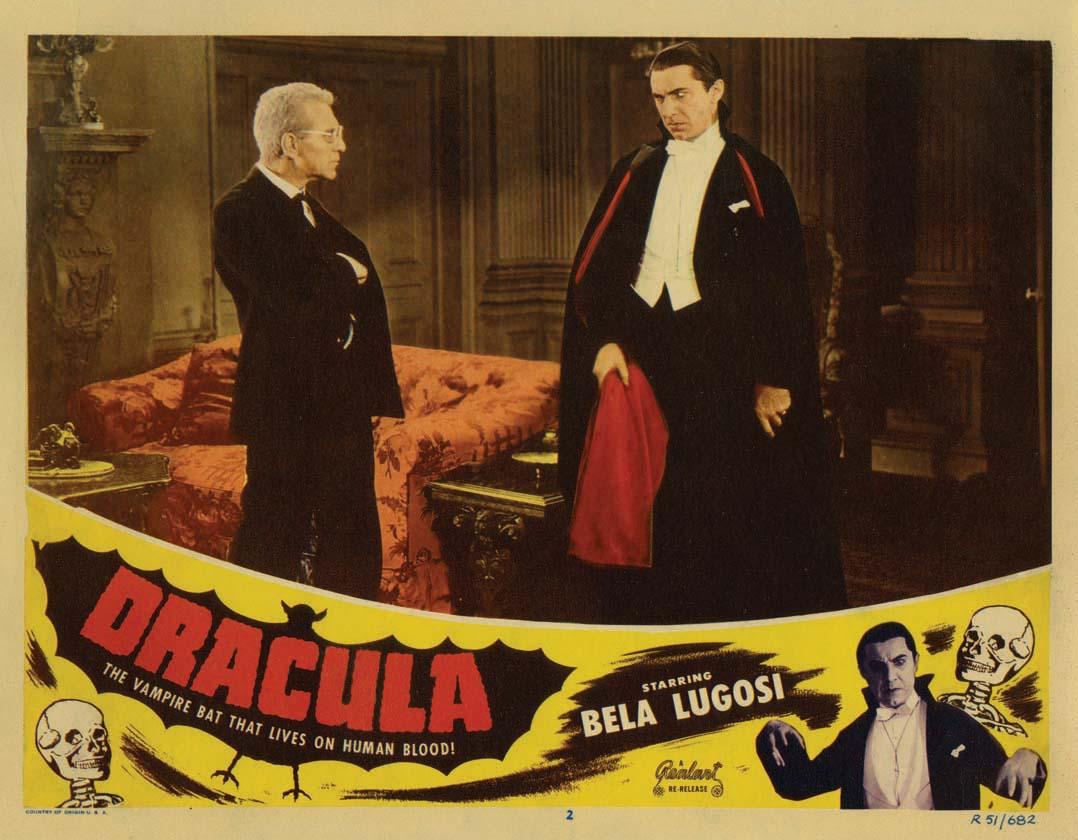As Halloween approaches, students are getting into the spirit by donning their best costumes, carving pumpkins and watching scary movies. While today’s horror films may not be as scary as they were in previous years, scary films can still strike fear in many audiences.
Horror films use techniques such as jump scares to get a quick jolt out of the audience. As cheap as they are, jump scares cause temporary fear because they act as an element of surprise. The audience tends to know as little as the main character, which is why something as small a slamming door can cause a scare. Combined with sound effects, minuscule motions can create effective scares.
“Newer [horror films] like ‘A Quiet Place’ sort of manipulate sounds or tropes that make it so much more interesting to watch,” senior public relations major Catie Murphy said. “My favorite horror movies are ones that aren’t blatantly horrific but have more of a psychological backdrop until the horror progresses.”
In scary films, the audience is placed in the main character’s shoes. This technique is used to be more in tune with the movie’s environment, which will heighten the fear of all the scary events that happen in the film. Since the audience is now identifying with the main character, anything scary that occurs to them will also be scary for the viewers.
Scary films often include objects and concepts that humans consider terrifying, such as death, home invasion and spiders. People find these fears especially frightening because they exist in real life and could happen at any time.
Recent research suggests that there is a sense of psychology and biology that goes into creating horror films. A psychologist in an article published on the Concordia University, St. Paul website states that there are three main aspects of horror entertainment — tension, relevance and unrealism.
If a film is high in relevance, being able to identify with certain elements in the movie, and tension, with little to no unrealism, the scarier the movie will seem. Factors such as camera angles, music and the environment play major roles in defining these elements.
“I stick with ‘Hereditary’ being one that scared me because parts of the movie played on actual family drama and actual tangible deaths, such as a little girl getting decapitated,” junior public relations major Natan Sabbag said. “It also utilized music and camera angles to create suspense.”
The scariness of a horror film also depends on the person watching it. One certain meta-analysis study states that people with less empathy have a tendency to enjoy scary movies more. It also showed that people with aggressive personalities enjoyed the violence in movies more.
Audiences watch scary movies to spark adrenaline and suspense and to be taken to another world. Whether scary movies are actually scary or not is determined by the viewer. Scary movies still terrify audiences and only seem to get scarier with each passing year.



